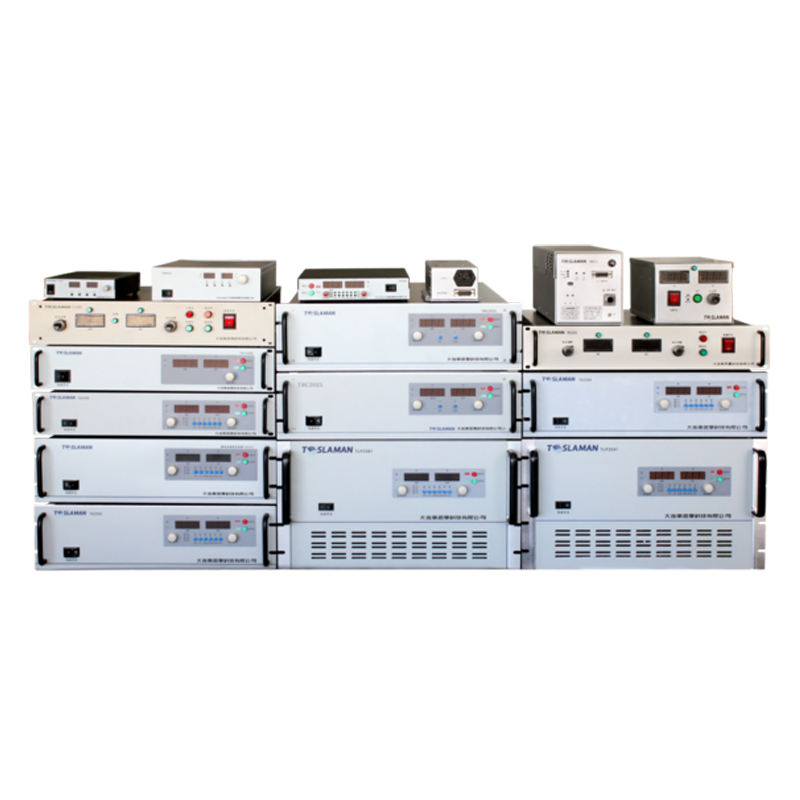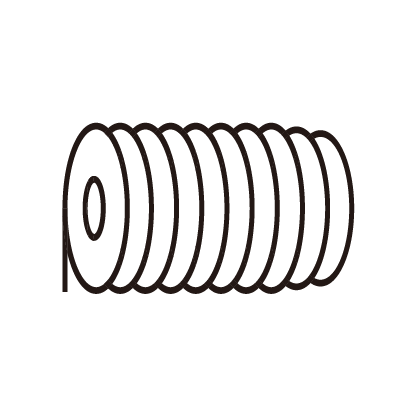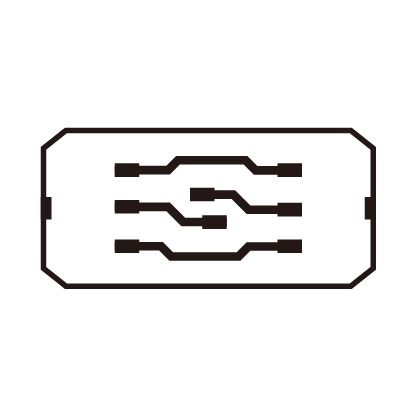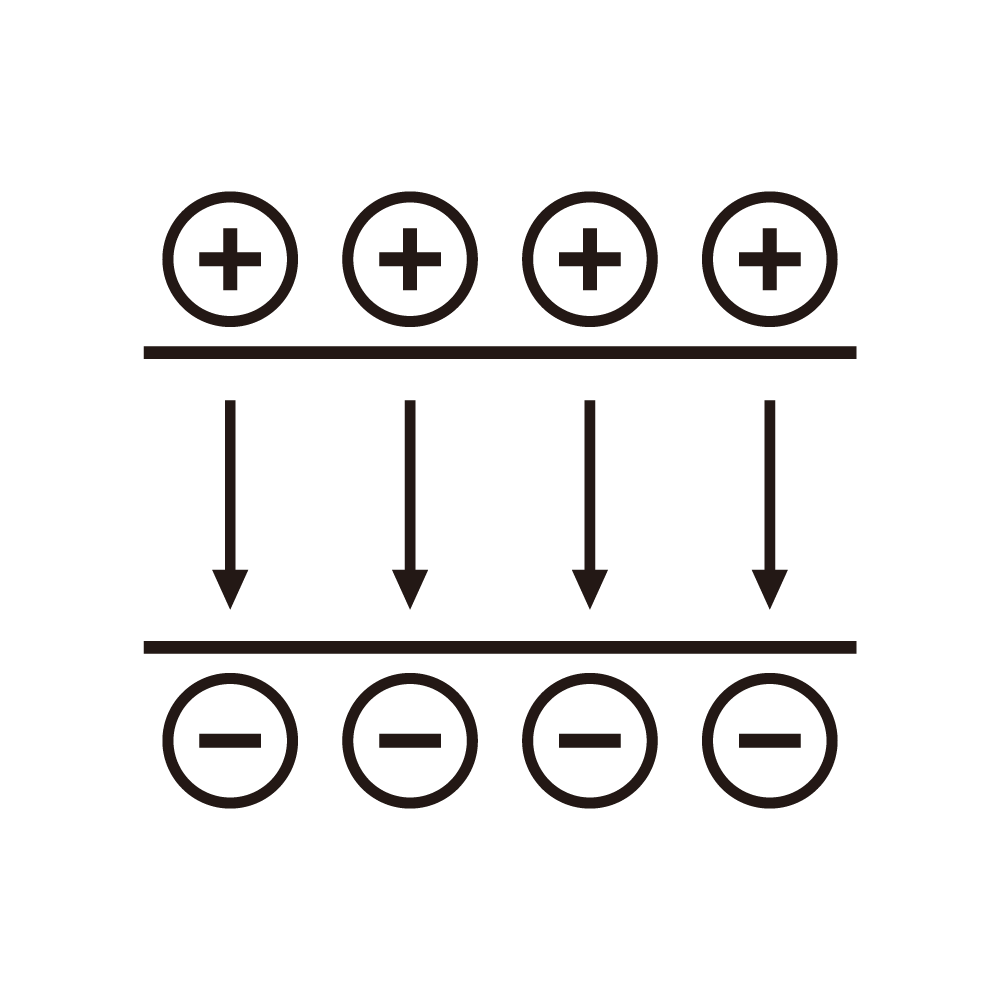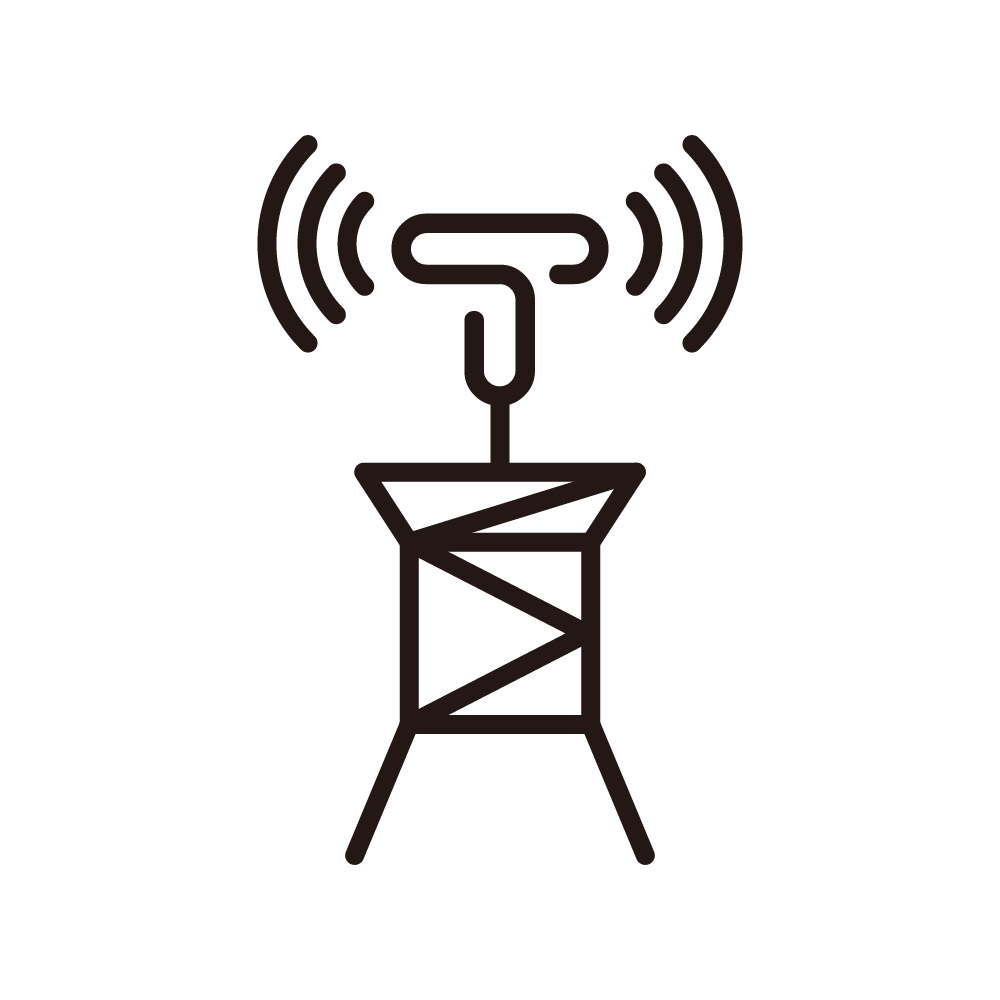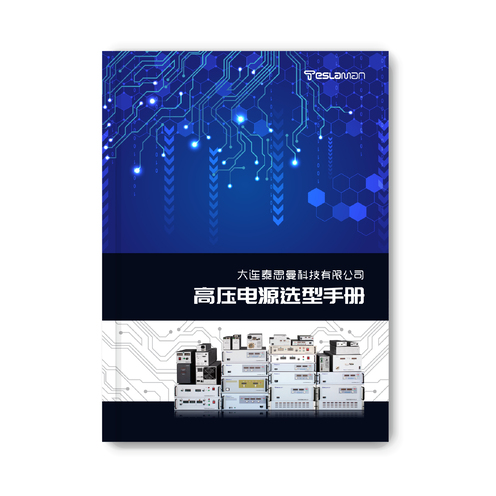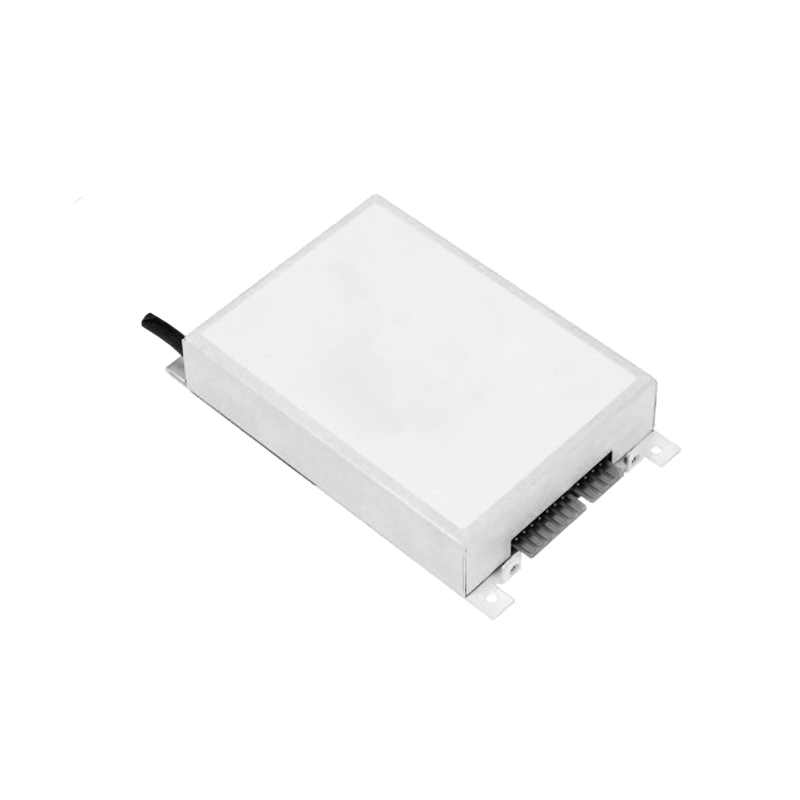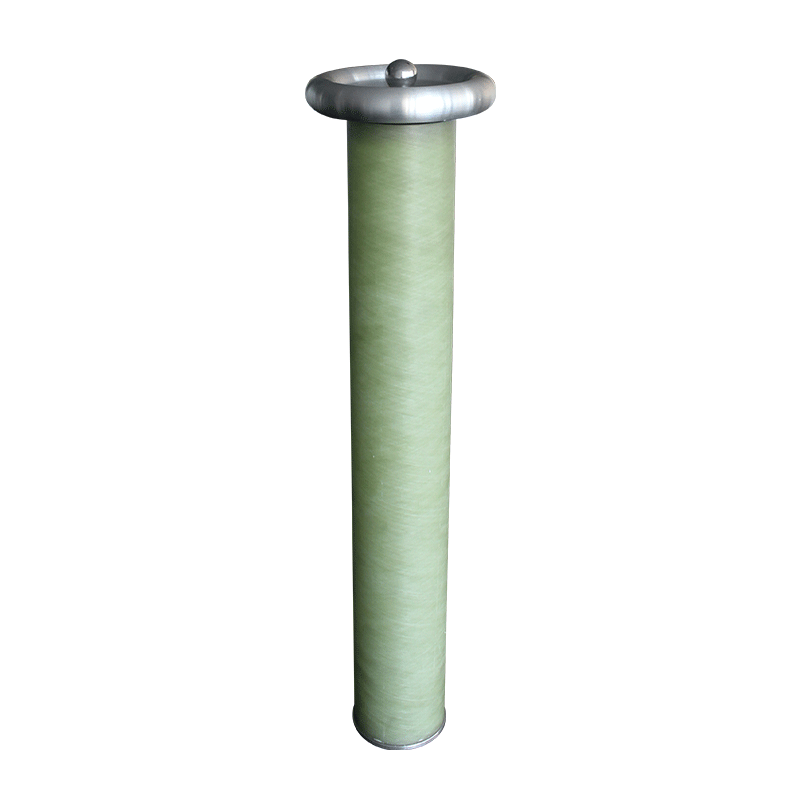Signal Processing Innovations for High-Voltage Power Supplies in Non-Destructive Testing
Introduction
In industrial CT imaging, aerospace composite inspection, and underground pipeline corrosion monitoring, the signal quality of high-voltage power supplies directly impacts defect detection resolution and false call rates. Traditional systems constrained by electromagnetic interference (EMI) and load transients have long struggled with 40-50dB signal-to-noise ratios (SNR). This paper proposes an adaptive noise cancellation and waveform reconstruction architecture, achieving equivalent noise charge (ENC) below 10^-3 pC and sub-millimeter defect detection accuracy.
Ⅰ. Signal Processing Challenges in NDT
1. EM Coupling Interference
200kV pulses generating transient electric fields (dV/dt>1kV/ns) induce 45-60dBμV/m radiation noise at 20-200MHz
Distributed cable capacitance (200-500pF/m) and probe inductance (5-10μH) create resonant ringing
2. Load Dynamics
Gas ionization detectors' impedance drops from GΩ to kΩ in nanoseconds, causing >8% waveform distortion
Multi-wire proportional chambers (MWPC) exhibit 120% voltage overshoot during avalanche currents
3. Environmental Constraints
Temperature drift (-40℃~+85℃) expands high-voltage divider errors to ±0.5%
Multi-system crosstalk triples time-domain reflectometry (TDR) positioning errors
Ⅱ. Core Signal Processing Breakthroughs
1. Multimodal Noise Suppression
Three-stage filtering:
Broadband absorbers (30MHz-3GHz, >60dB insertion loss)
PLL-driven adaptive notch filters
Deep learning-enhanced time-frequency denoising (SNR=80dB)
2. Dynamic Waveform Reconstruction
Load transfer function modeling:
$$ H(s)=\frac{K(1+T_d s)}{(1+T_1 s)(1+T_2 s)}e^{-τs} $$
(T_d=50ns, τ=10ns) enables μs-level predistortion
Compressed sensing reduces sampling rates from 5GS/s to 1GS/s with <0.1% error
3. Intelligent Temperature Compensation
DTS-neural network synergy achieves 5ppm/℃ drift
Josephson junction arrays provide 0.02ppm/year stability
Ⅲ. Application Performance Validation
1. Industrial CT Generators
Dual-loop control reduces X-ray tube current ripple to ±0.05%
Spectral hardening correction achieves <5HU CT error and 25lp/cm resolution
2. Aerospace Composite Inspection
Terahertz pulses with matching pursuit algorithms detect 0.1mm×0.1mm delaminations
Carbon fiber porosity measurement precision improves from ±0.5% to ±0.02%
3. Pipeline Corrosion Monitoring
Multi-frequency impedance spectroscopy (1kHz-10MHz) detects 0.1mm wall loss
Edge computing units (ECU) analyze 128-channel data in 50ms
Ⅳ. Operational Mechanisms
1. Field Distortion Correction
Deconvolution algorithms reduce edge field positioning errors from ±5mm to ±0.2mm
FEM simulations verify <0.3% post-compensation potential non-uniformity
2. Time-Frequency Joint Optimization
Wigner-Ville/STFT fusion surpasses Heisenberg limit by 30%
Ultrasound blind zones shrink from λ/2 to λ/8 (λ=1.5mm@5MHz)
3. Noise Entropy Suppression
Wavelet thresholding reduces signal entropy from 4.2bit to 1.5bit, enhancing fidelity by 78%
Ⅴ. Future Directions
1. Photon Counting Integration
Single-photon modules with TDC achieve <10ps jitter
2. Quantum Sensing Enhancement
Diamond NV centers enable nT-level field monitoring with 100× precision
3. Digital Twin Systems
Full-system simulation models accelerate defect algorithm training by 40×
Conclusion
Signal processing for NDT high-voltage systems is transitioning from passive noise reduction to active field reconstruction. Through EMI design, intelligent algorithms, and quantum references, next-gen systems break SNR limits while enabling defect quantification and material lifetime prediction. With photonic integration and edge AI, high-voltage power supplies will evolve into self-aware intelligent nodes, redefining precision boundaries in industrial NDT.
